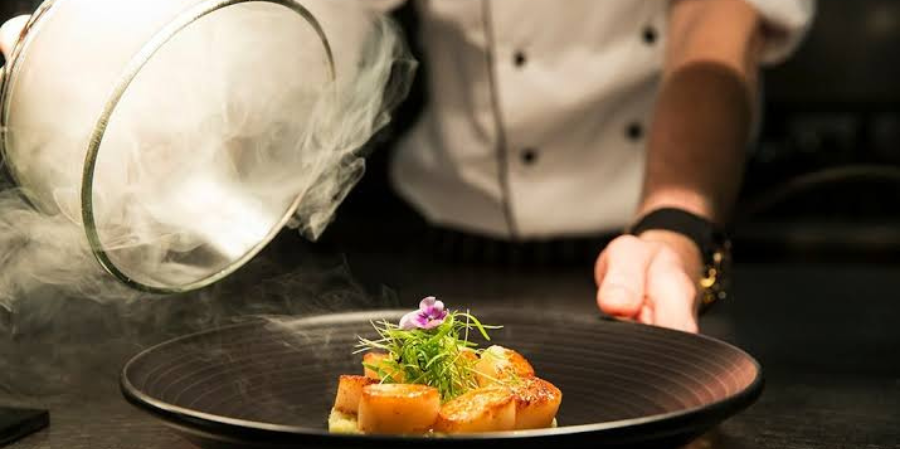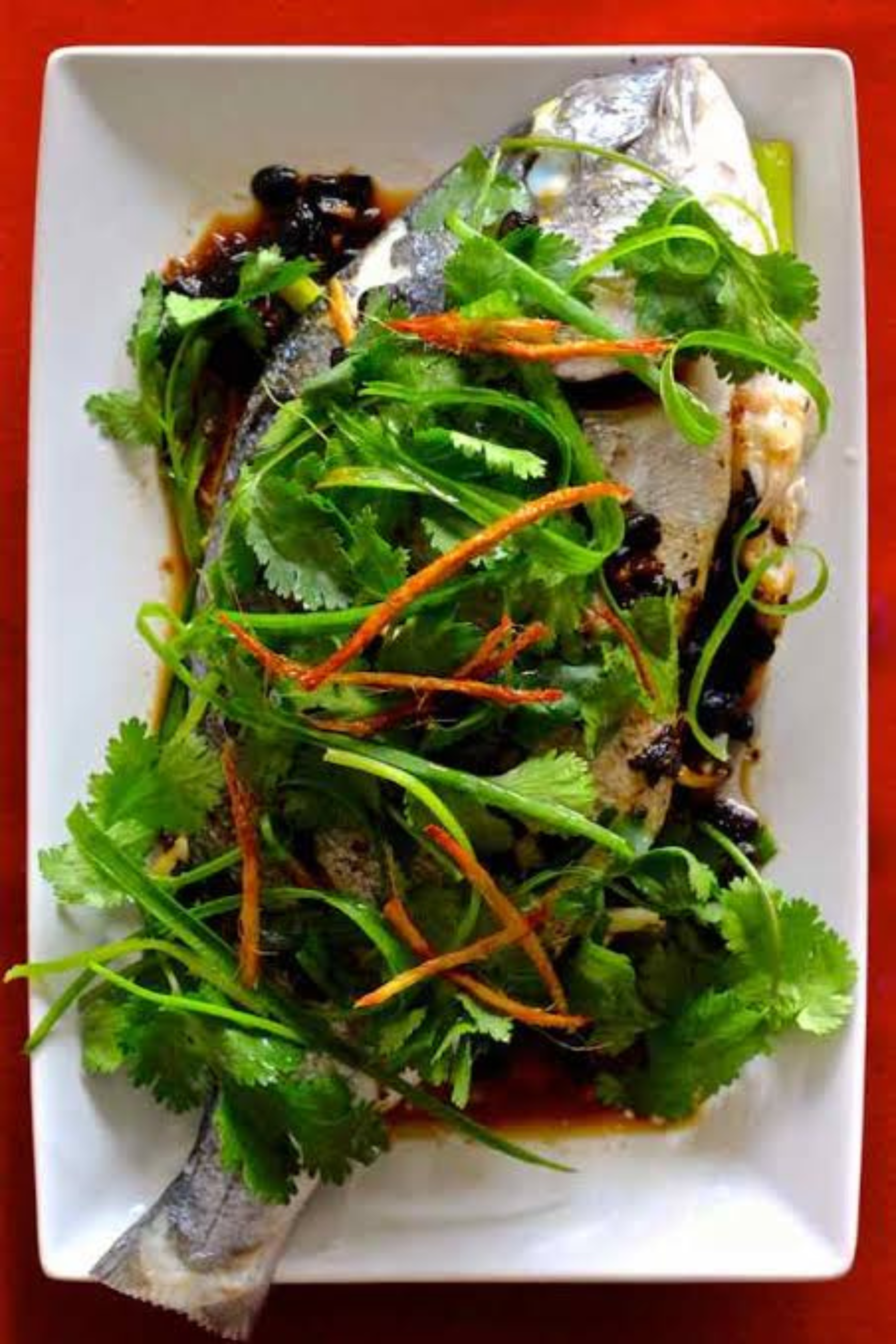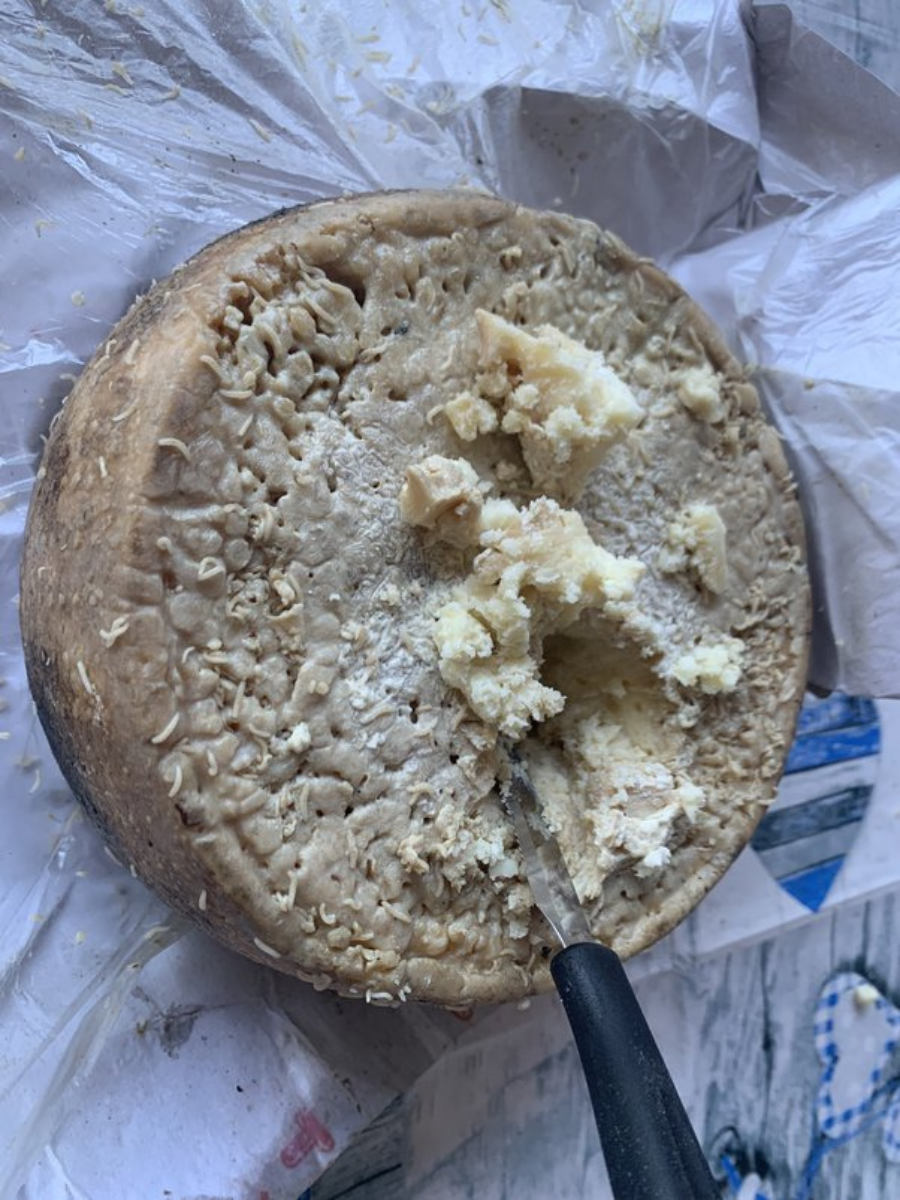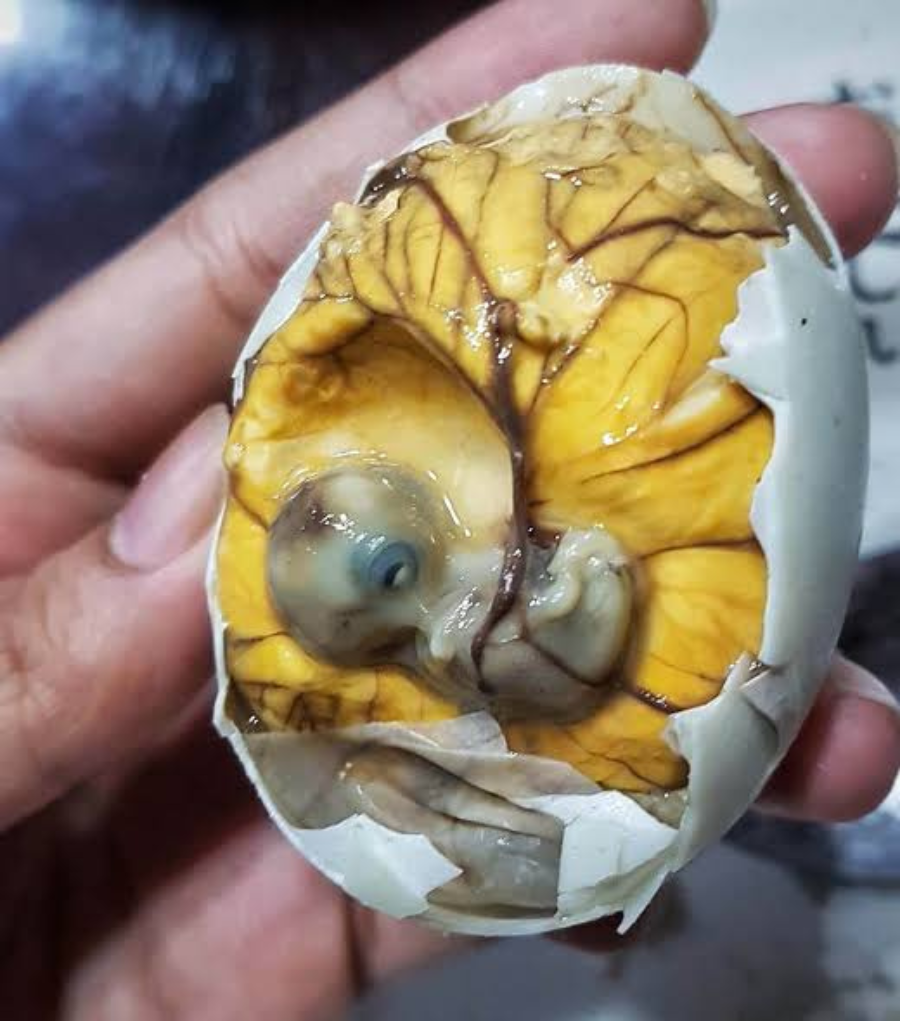

There are some shocking items on the list.Due to the fact that the majority of that's foods blatantly support animal abuse,both animal right activity and supporters of animal rights have denounce them.
The top 4 horrifying recipes that future animals eaten alive by humans are shown below,in case you need a reminder of human follow and nightmares.

China's taken on the lkizukuri are called Yin Yang Yu.Both dead and live fish are served on the plate in this dish,which is referred to as Yin Yang Yu.in this instance,of course,they are one and the same animal.
The fish undergoes a process of scaling, several surface incisions,and submersion in the bubbly gill fat.Fish should be kept alive,which is why the chef shields the head. The fish is fried and then placed on a platter with sauce drizzled over it.The meal is ready!

The Japanese delicacy known as "dancing shrimp," or odori ebi, is visually striking and delicious. Raw shrimp are expertly cooked and served sashimi-style, while they are still wiggling. The presentation of the shrimp is visually arresting due to its rapid movements on the plate. The excitement of live fish combined with the subtle flavors of traditional Japanese cuisine makes Odori Ebi a unique culinary experience. It is typically eaten with soy sauce or other dipping sauces. This dish represents Japan's cultural preference for the remarkable in eating as well as culinary talent.

Traditional cheese with an unusual twist is called casu marzu, and it originates from Sardinia in Italy. Often referred to as "maggot cheese," this unusual cheese is created by fermenting Pecorino cheese until it reaches a highly developed state of decomposition. In the course of this procedure, live insect larvae—more especially, cheese fly maggots—are purposefully added. The cheese's soft, spreadable texture is produced by the larvae's assistance in breaking it down. Casu Marzu has a strong, unique flavor that is well-liked by travelers looking for an exciting and diverse Italian culinary experience, even with its unusual preparation.

Fertilized duck eggs with partially formed embryos are used to make balut, a delicacy dish from the Philippines. Usually consumed as a street meal, the cooked eggs are presented with a dash of salt and occasionally vinegar. The meal is renowned for its distinctive taste and texture combinations, which include the contrast of the crunchy bones, the delicate meat, and the flavorful broth. In Filipino food, balut represents a fusion of flavor, tradition, and the spirit of adventure in local gastronomy. It is not just a culinary experience; it also has cultural importance.
